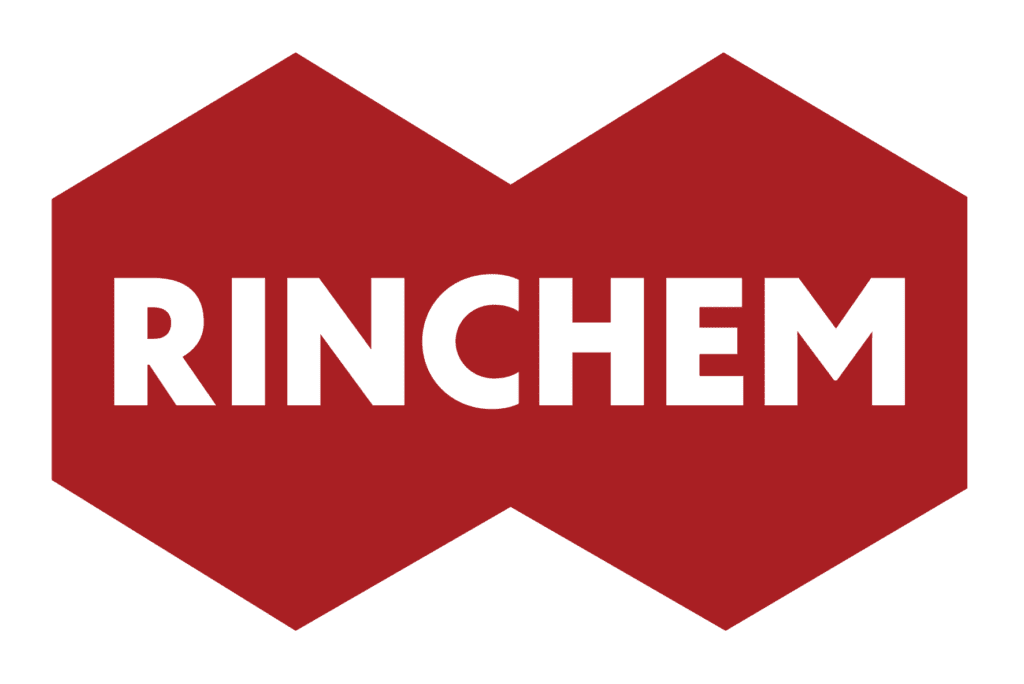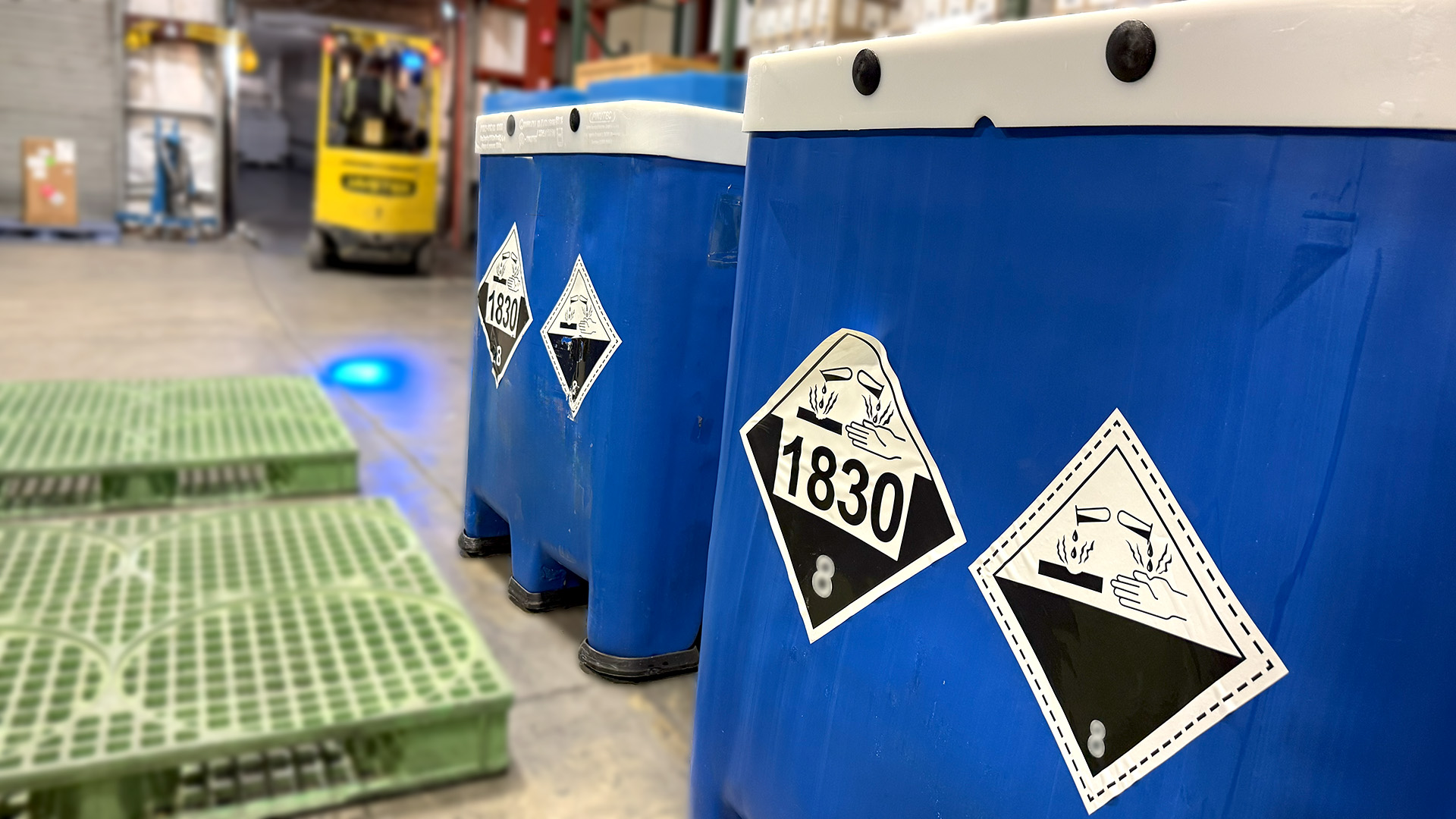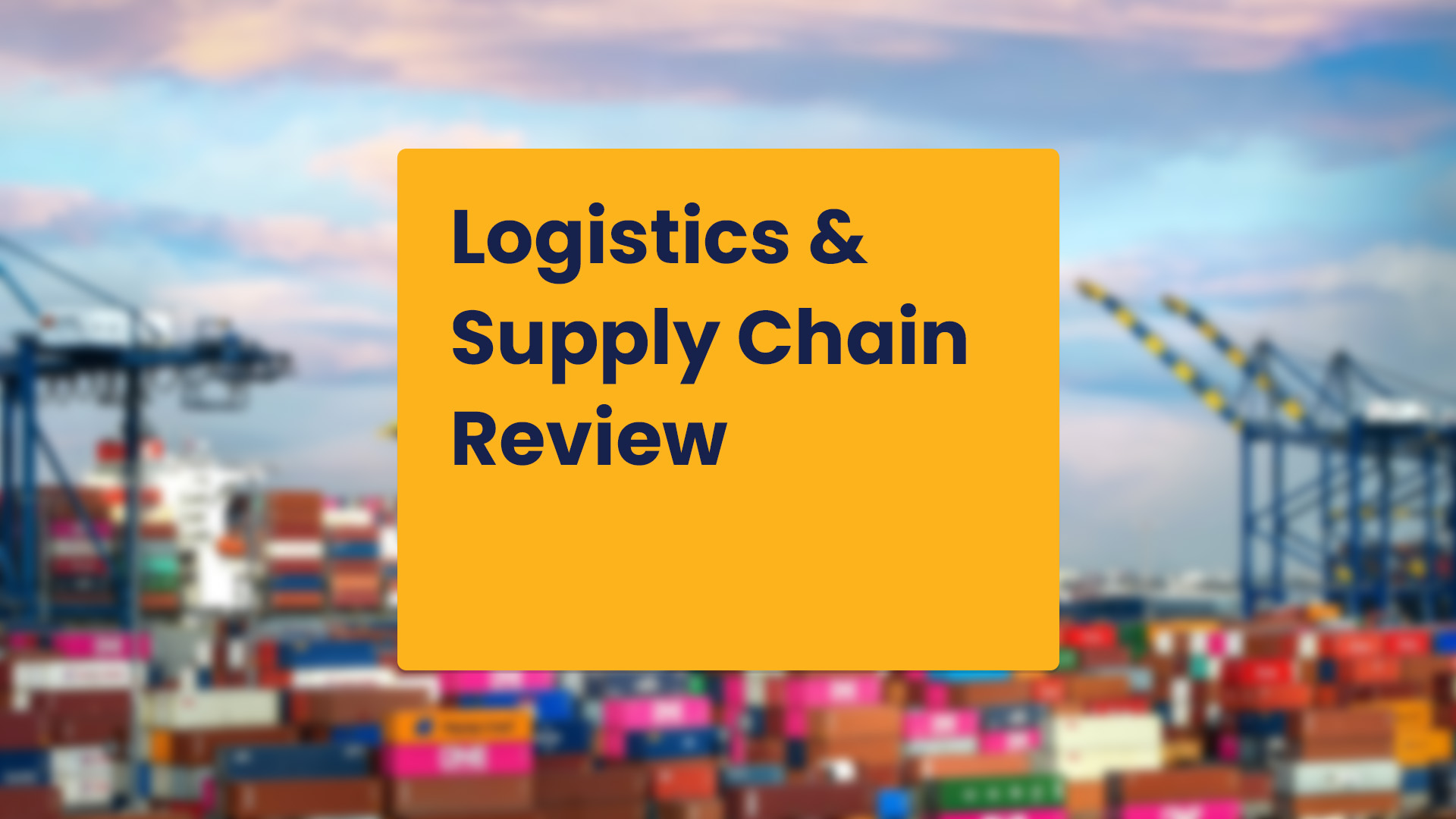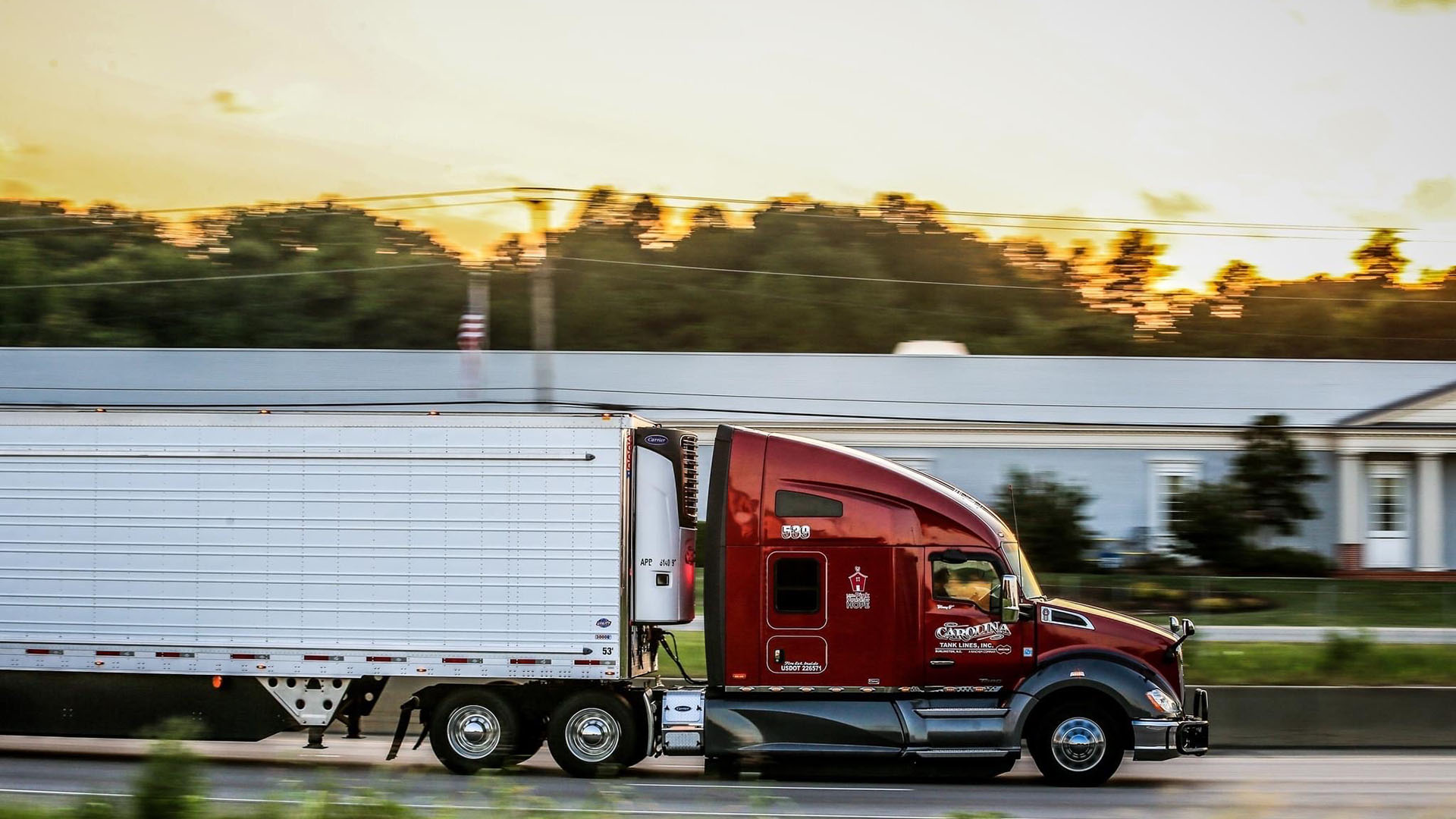Semiconductor foundry landscape to transform by 2030
The global foundry market is on track to surpass $300B by 2030, driven by demand in AI, automotive, 5G, and IoT. Expect widespread adoption of 2 nm nodes, EUV lithography, and AI-powered manufacturing.
Supply chains are shifting: Taiwan’s dominance is shrinking, while the U.S., China, and Southeast Asia expand capacity, backed by massive public and private investment.
Specialty fabs for SiC and GaN are rising, especially for EVs and renewables. However, sustainability challenges loom—fabs are becoming far more energy- and capital-intensive.
Takeaway: Semiconductor supply chains are fragmenting and regionalizing. Logistics teams should prepare for more distributed, energy-intensive, and specialized production networks.
US, Mexico leaders convene at ASU to boost semiconductor partnership
Arizona State University hosted the U.S.–Mexico Semiconductor Collaboration Forum on June 24, 2025, bringing together public- and private-sector leaders to discuss semiconductor collaboration across borders.
Key takeaways:
-
Binational supply chain integration: Arizona exported over $9 billion in goods to Mexico in 2024, nearly $1 billion in semiconductors alone. The event emphasized how deeply interwoven U.S.–Mexico semiconductor ecosystems have become .
-
Regional leadership: Arizona Gov. Katie Hobbs (via video) highlighted the state's position as North America’s top destination for chip manufacturing, R&D, and packaging.
-
Broad participation: Mexico’s industry engagement spans 25 of its 32 states, reinforcing the strength and breadth of trilateral cooperation.
-
Workforce & innovation: University leaders underscored the role of academic–industry partnerships in developing talent, fostering innovation, and ensuring long-term growth .

75 Green Supply Chain Partners
Inbound Logistics’ “G75” special feature highlights 75 supply chain leaders who are actively accelerating sustainability through diverse, measurable initiatives.
Key Trends:
-
Fleet & Fuel Optimization: Companies are upgrading vehicle aerodynamics, adopting electric or hybrid fleets, enhancing tire pressure systems, and deploying trailer skirting to improve fuel efficiency.
-
Warehousing Efficiency: Sustainability efforts include transitioning to LED and motion-activated lighting, solar-powered facilities, paperless dock operations, and LEED-certified warehouse spaces.
-
Alternative Energy Adoption: Logistics providers are investing in EV chargers, solar installations, and advanced charging depots to support electric fleets and shift to cleaner energy sources.
-
Operational Enhancements: Many firms are implementing AI-driven routing, load consolidation tools, and emissions tracking aligned with ISO and GLEC standards to reduce inefficiencies.
-
Emission Transparency & Offsets: Initiatives span real-time carbon footprint reporting, carbon offset programs (like book-and-claim green certificates), and donation-based tree planting schemes tied to shipments.
-
Smart Certification & Collaboration: Recognition programs such as the EPA’s SmartWay validate best practices. Participants also engage with organizations like UN Global Compact and Smart Freight Centre to promote shared environmental accountability
Get more articles like this in your inbox
Sign up for our monthly newsletter
Find more articles



